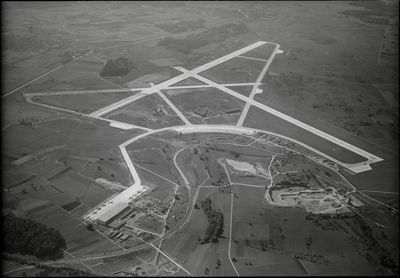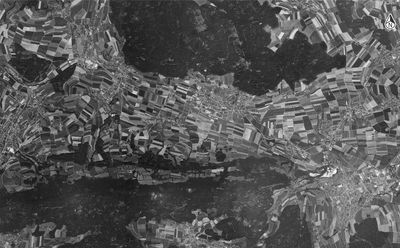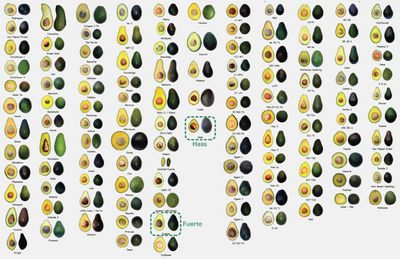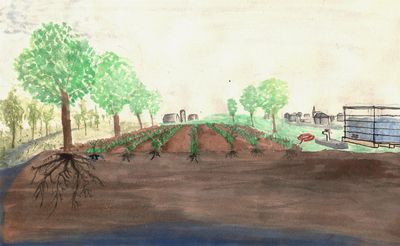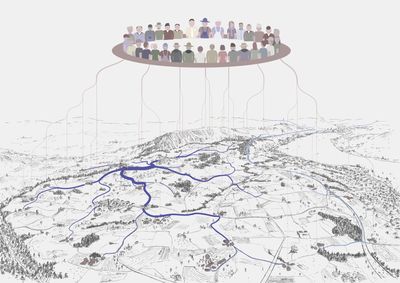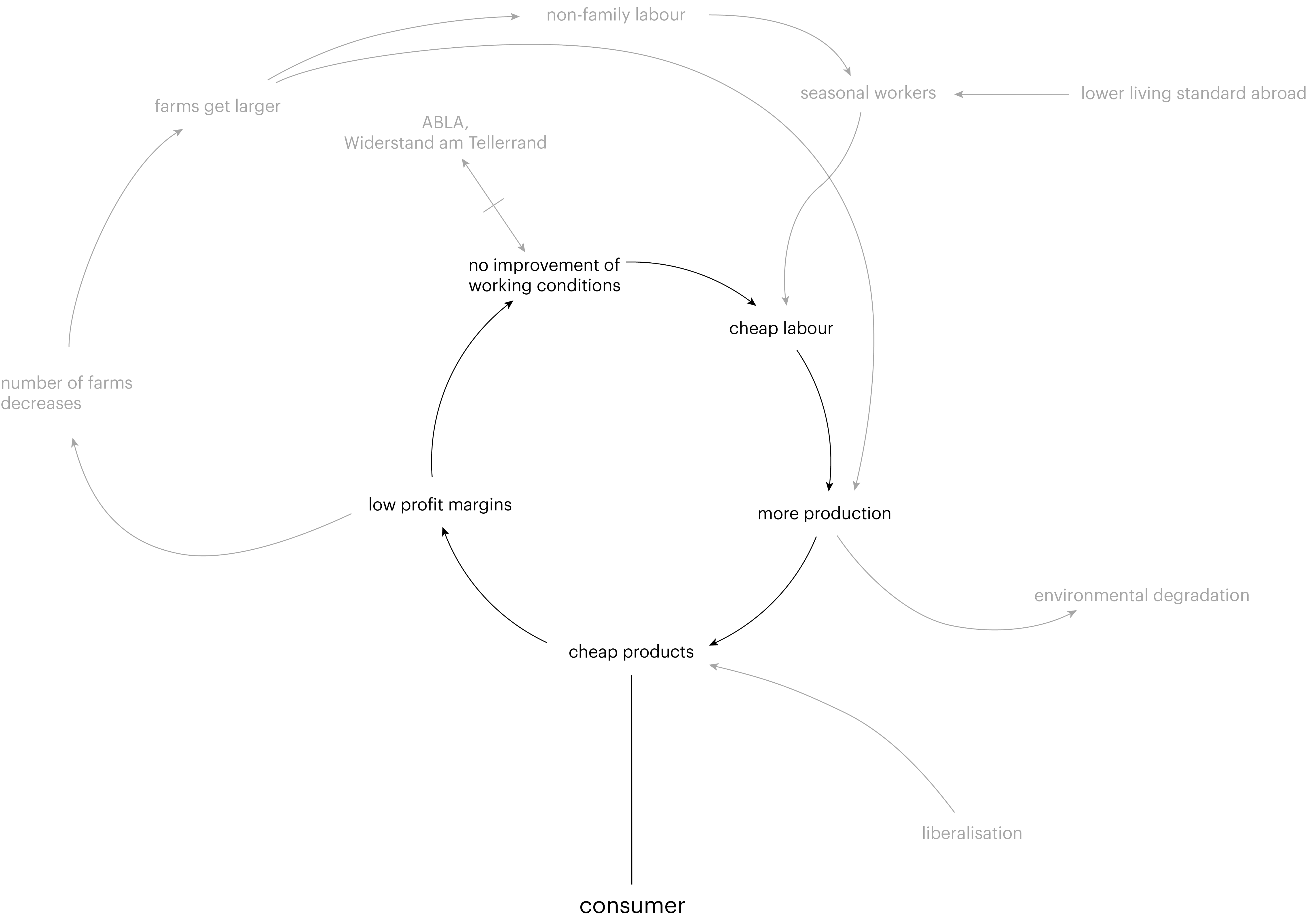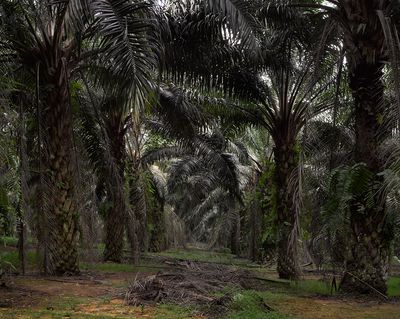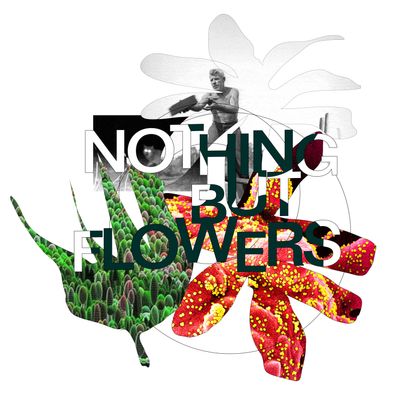Soil, Water, Labour
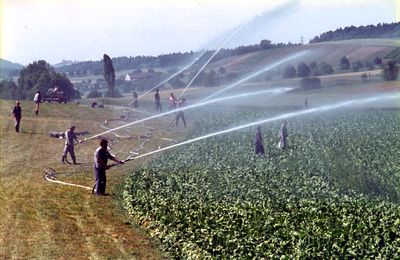
What is the future of the manifold landscapes and territories across the world which support contemporary cities, such as Zurich, with water, food, human labour, and other resources? How is human and non-human life affected by cities and by urbanisation in these environments? In our discipline, discussions on sustainability have remained focused on buildings and on cities, while these extended territories are equally exposed to rapid and far-reaching transformations with massive social and environmental implications. How can architects respond to these urgent changes? Can architecture become ecological, to go beyond-the-human and beyond-the-built, in order to engage with the environment as a whole?

NEW ECOLOGIES is a new studio series at the Architecture of Territory, dedicated to the practice of architecture for the post-anthropocentric era. Throughout the twentieth century, the anthropocentric and city-centric paradigms have locked architecture into binary thinking, which separated man from nature, building from landscape, and city from countryside. Through the perspective of ecology, such unproductive divisions can be rethought to allow architectural discipline to broaden its agenda and take on new themes and approaches.
A crucial theme that has remained in the “blind field” of architecture is agriculture. With nearly half of the total land area on the planet currently dedicated to some form of agricultural production, agricultural landscapes might be the most urgent field of action to address the problematic of “sustainability”. Many types of agricultural practices have been linked to increasing risks for climate change, exhaustion of water and natural resources, depletion of soil fertility, as well as disadvantaging local population, and affecting quality of life. An awareness of the consequences of industrialisation of agriculture, including its addiction to fertilisers, pesticides, and fossil fuels, has been growing. These issues stand at the core of the climate and biodiversity crisis, and they call for new approaches in architecture too.
In the autumn semester 2020 we have looked at Zurich and its region beyond-the-built, concentrating on agriculture. The Metropolitan Region of Zurich, the largest of its kind in Switzerland, is composed of the relatively compact city of Zurich and the densely built-up valleys extending along the Glatttal and the Limmattal. The urban fabric extends further into vulnerable agricultural areas or the “quiet zones” of the Swiss Plateau and the Prealps, and further into “alpine fallow lands”. Despite its high metropolitan density, agricultural land still dominates the region of Zurich: in the Canton of Zurich 41.9 percent of the total surface is dedicated to agriculture. Whereas in the vicinity of the City of Zurich land is under extreme urban pressure and at risk of being built up, other more peripheral landscapes, such as the Zürcher Oberland, are confronted with a decrease in population and the loss of social and economic resources.
Architecture and agriculture in the Metropolitan Region of Zurich were thought together through three highly interconnected ecologies: soil, water, and labour. A close look at these ecologies in the territory took us from agricultural research facilities and experimental permaculture farms, to food distribution networks and spaces, sites of industrial animal farming, constructed water landscapes and facilities, all the way to the seasonal migrant workers. Above these issues hovers the urgent need for a radical overhaul of agricultural practices. Recently, across the public landscape of Zurich, environmental movements—Fridays for Future, Climate Strike, Extinction Rebellion, and other solidary pioneer groups and cooperatives—have gained momentum. These movements have helped raise awareness and promote pioneering practices and projects such as mixed farming, agroforestry, or “bee highways”, that will change the landscape of Zurich in the future. During the semester we engaged with Zurich’s land pioneer culture. Through intensive field explorations we got to know the protagonists and learned from them. The result is an online collection of investigative reportages, meant to inform the ecological design practices in architecture and the public of Zurich.
In the beginning of the semester, nine different resources relevant in the field of agriculture in the metropolitan region of Zurich, were researched by the students. A building or infrastructure in Zurich served as an “entry point” to the resource. By studying statistics, maps, QGIS data, by conducting interviews and active field work, students worked on understanding the complex metabolisms of the resources. This information was revealed in maps and drawings that the students made and served them as first conclusions for their research.
Investigative journeys constitute the core of the project. Have a look at this studio’s seminar week Agricultural Pioneers dedicated to experimental and pioneering agriculture.


